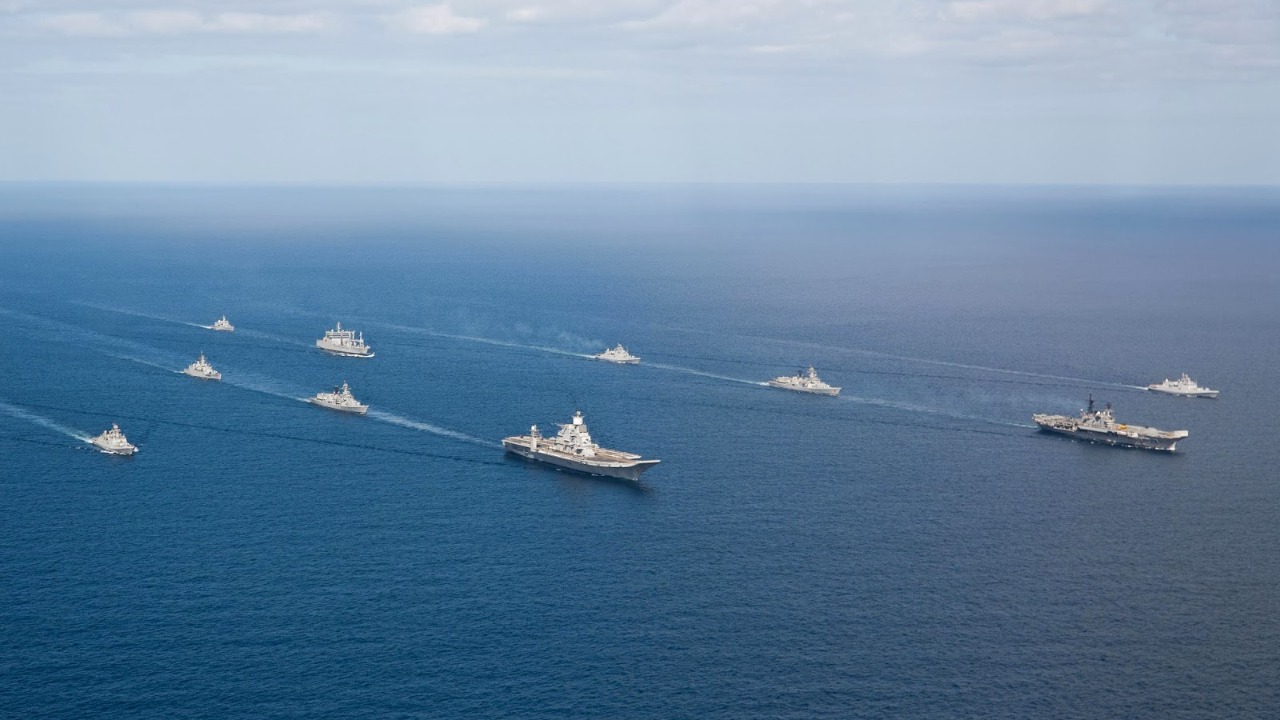
Training for naval operations involves a unique combination of resources that allow sailors to practice essential skills. These practice fleets range from historical to high-tech, each serving a crucial role in preparing naval forces. Here, I delve into six types of fleets specifically designed for training purposes.
Fleet of Wooden Ships

Early in naval history, fleets of wooden ships were not only the backbone of maritime power but also served as essential training grounds for sailors. These vessels, reminiscent of the original frigates of the United States Navy, provided a tangible means for novice sailors to learn the ropes—literally. Wooden ships allowed crews to practice navigation, sailing maneuvers, and gunnery in a hands-on environment.
Today, these ships are often used in educational settings or as historical reenactments, offering a glimpse into the past while still serving a practical training function. The tactile experience of handling sails and rigging provides a foundational understanding of seamanship that remains relevant even as technology evolves.
Decommissioned Vessels Reimagined
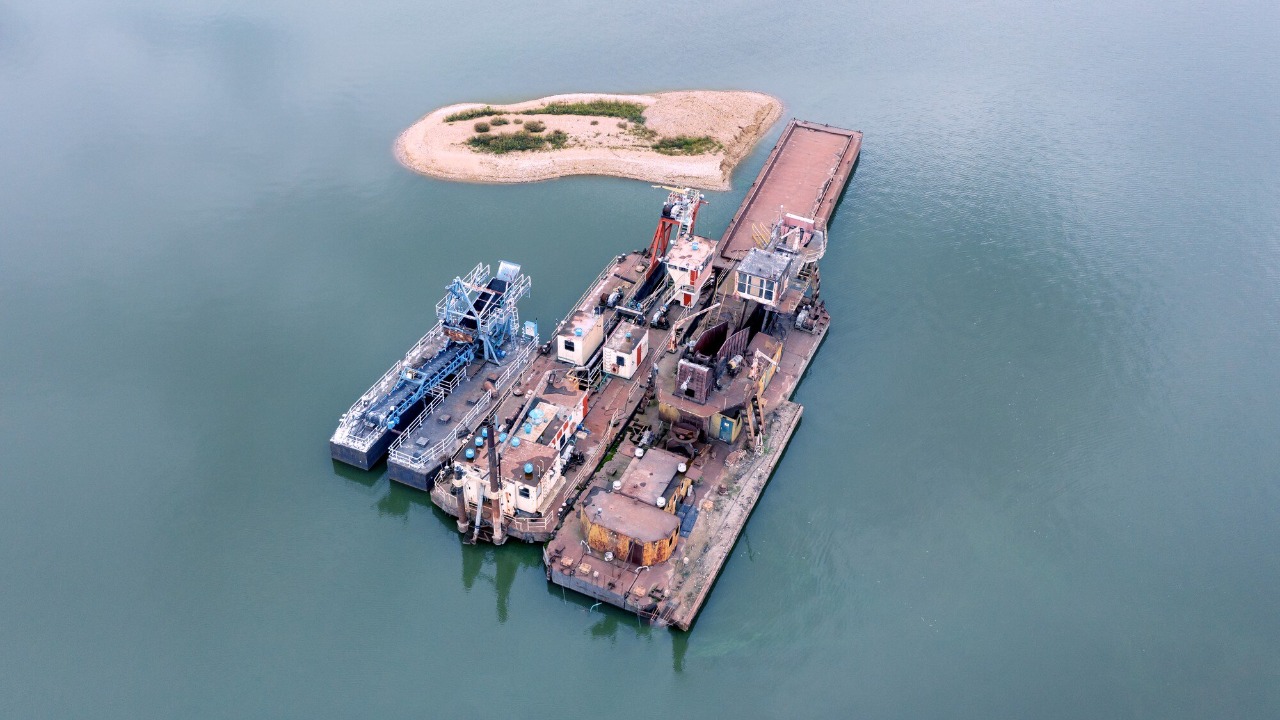
Decommissioned vessels find new life as training platforms for modern navies. Stripped of their combat capabilities, these ships become floating classrooms where sailors can hone their skills. In some cases, these vessels are used in live-fire exercises or serve as targets for missile tests, as seen in this Pacific exercise.
Repurposing decommissioned ships is a cost-effective way to utilize existing resources while providing realistic training scenarios. The opportunity to work on an actual naval vessel, albeit retired, offers invaluable experience in shipboard operations and damage control.
The Inflatable Armada
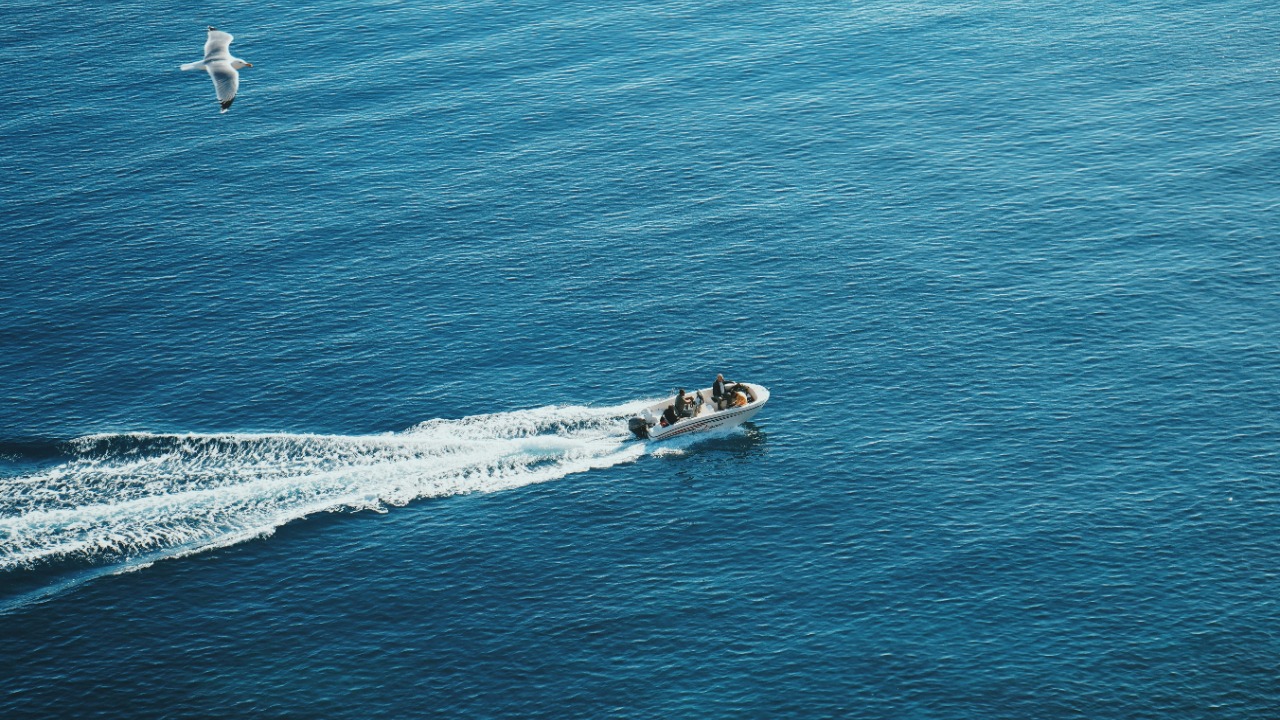
Inflatable fleets might sound like something out of a children’s cartoon, but they play a serious role in naval training. Comprised of life-sized inflatable boats and equipment, these fleets simulate a variety of maritime scenarios, from amphibious assaults to emergency evacuations.
These lightweight and portable options allow for flexible training environments that can be set up quickly and easily dismantled. The use of inflatable equipment is particularly advantageous in situations where space and resources are limited, offering a practical and adaptable solution for naval exercises.
Virtual Reality Fleets
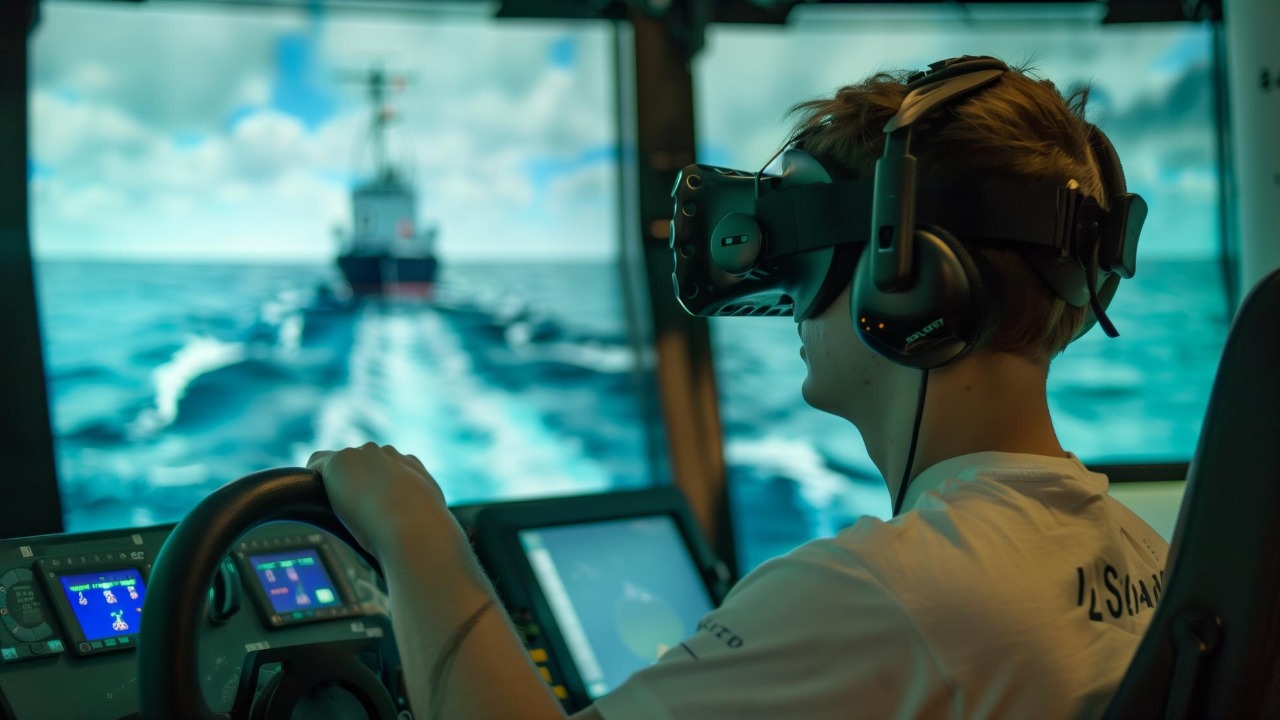
Advancements in technology have ushered in the era of virtual reality training fleets. These digital simulations provide immersive experiences where sailors can practice navigation, combat scenarios, and ship operations in a risk-free environment. The ability to replicate a wide range of conditions—from calm seas to stormy weather—makes VR an invaluable training tool.
Virtual reality offers the added benefit of scalability, enabling large groups of sailors to train simultaneously. It also allows for detailed analysis and feedback, helping trainees refine their skills and decision-making abilities in real-time.
Scale Model Squadrons
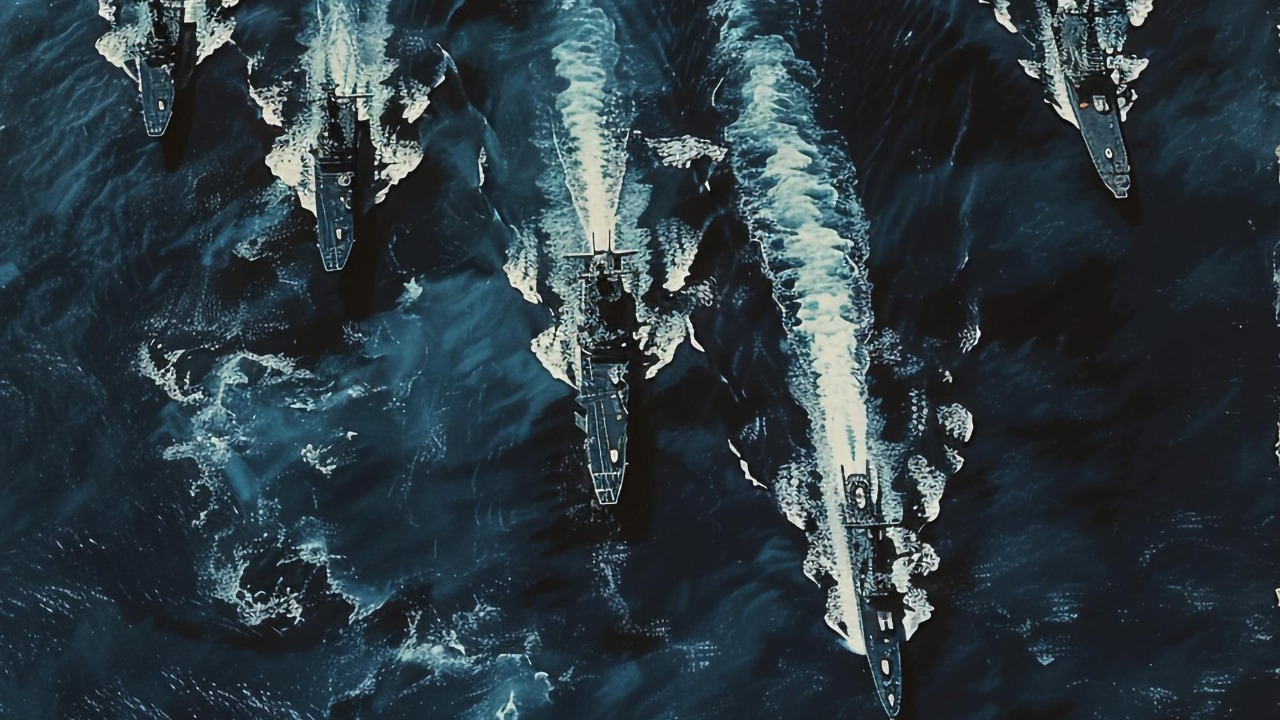
Scale models offer another unique approach to naval training. These miniature replicas are used to simulate fleet maneuvers and tactics in controlled environments. By manipulating these models, sailors can gain a better understanding of strategic planning and formation tactics.
While not as immersive as full-sized ships or virtual simulations, scale models provide a cost-effective and space-efficient way to conduct detailed training. They offer an opportunity to visualize and experiment with different strategies, enhancing strategic thinking and teamwork.
Autonomous Drone Battalions
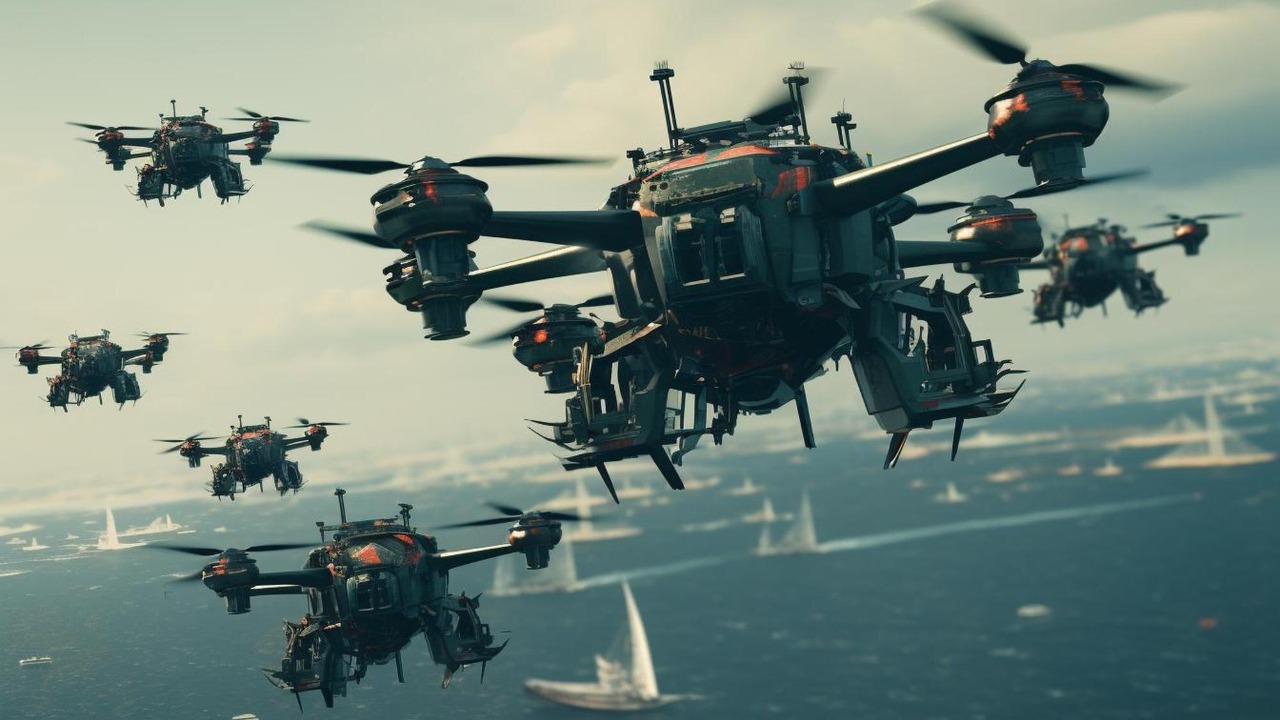
The integration of autonomous drones into naval training represents the cutting edge of maritime operations. These unmanned vehicles can be used to simulate enemy forces, test new tactics, and conduct surveillance exercises. Their versatility makes them a valuable asset in preparing sailors for the complexities of modern naval warfare.
Drones offer the advantage of being able to operate in environments that might be too dangerous for manned vessels. By incorporating drones into training exercises, navies can develop and refine tactics that leverage both human and autonomous capabilities, ensuring readiness for future challenges.